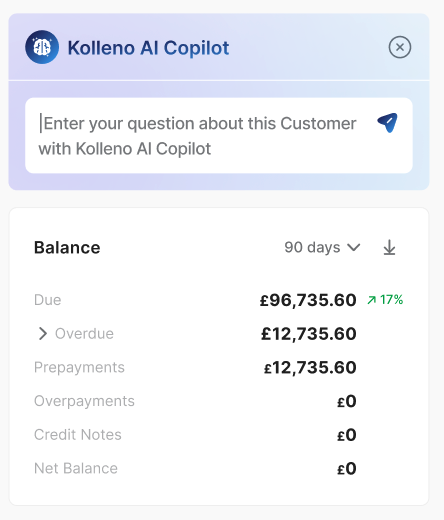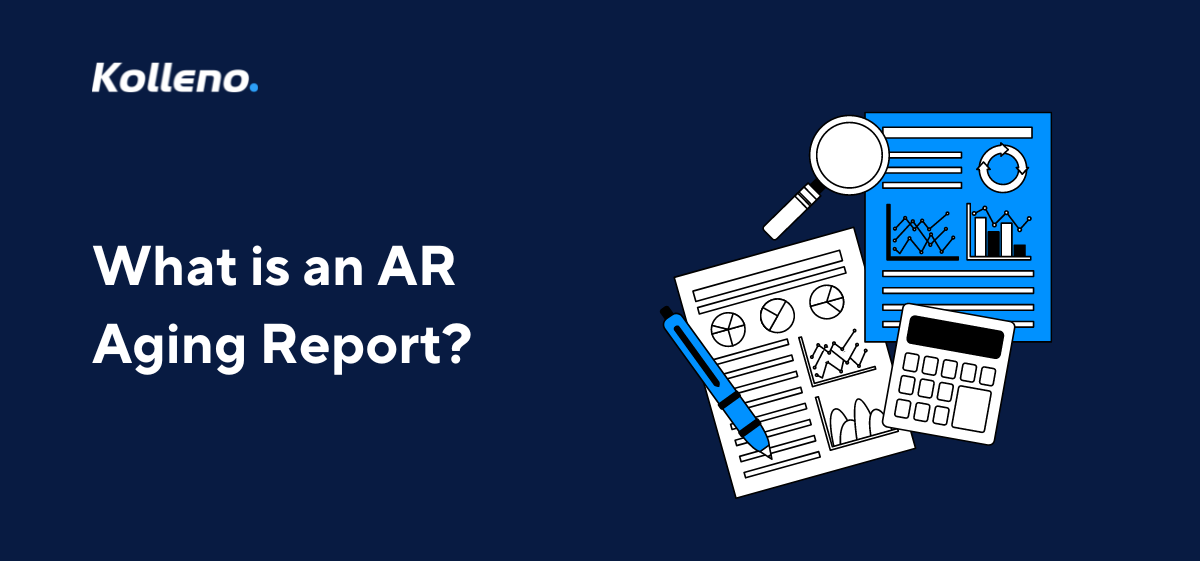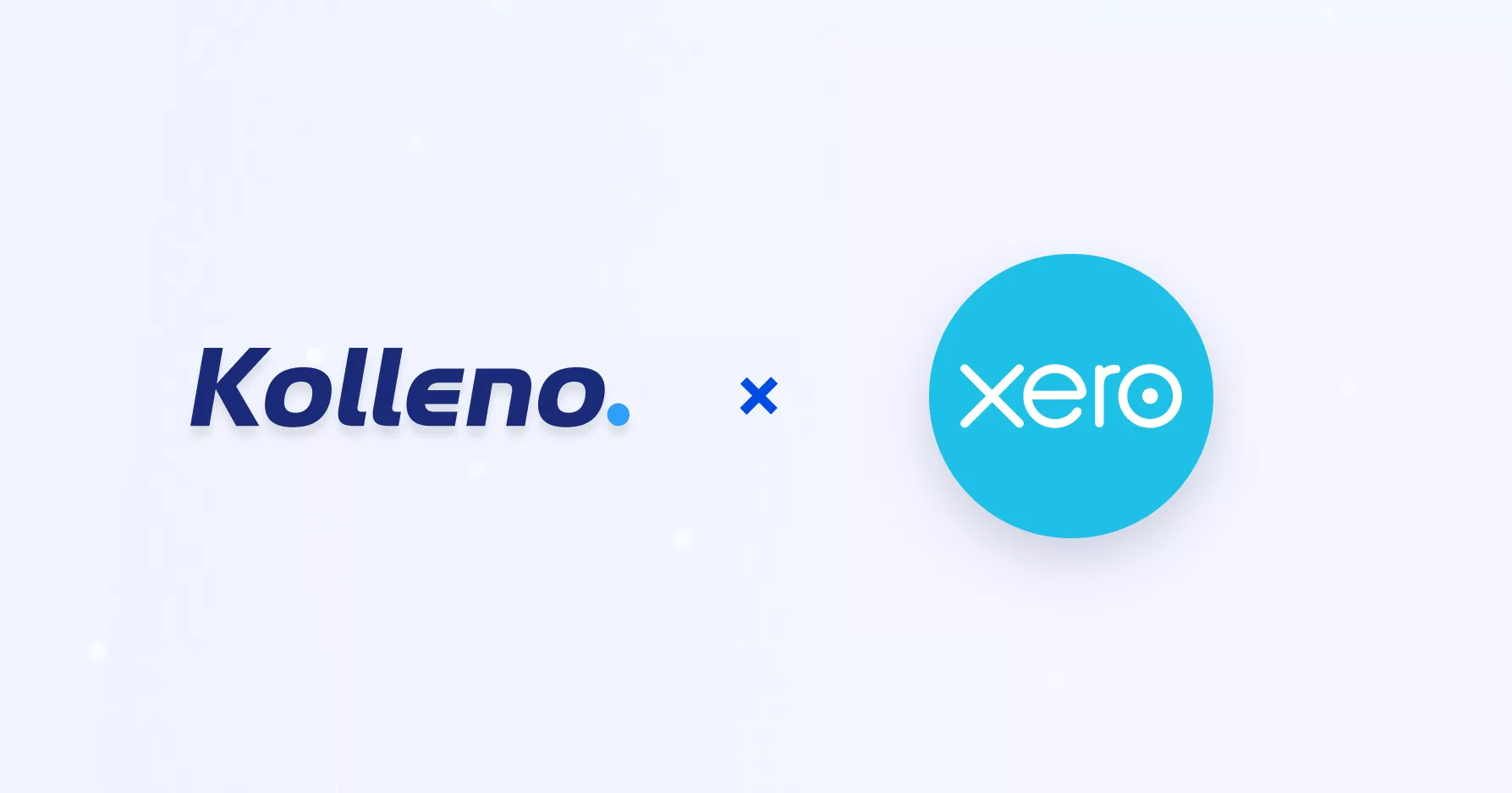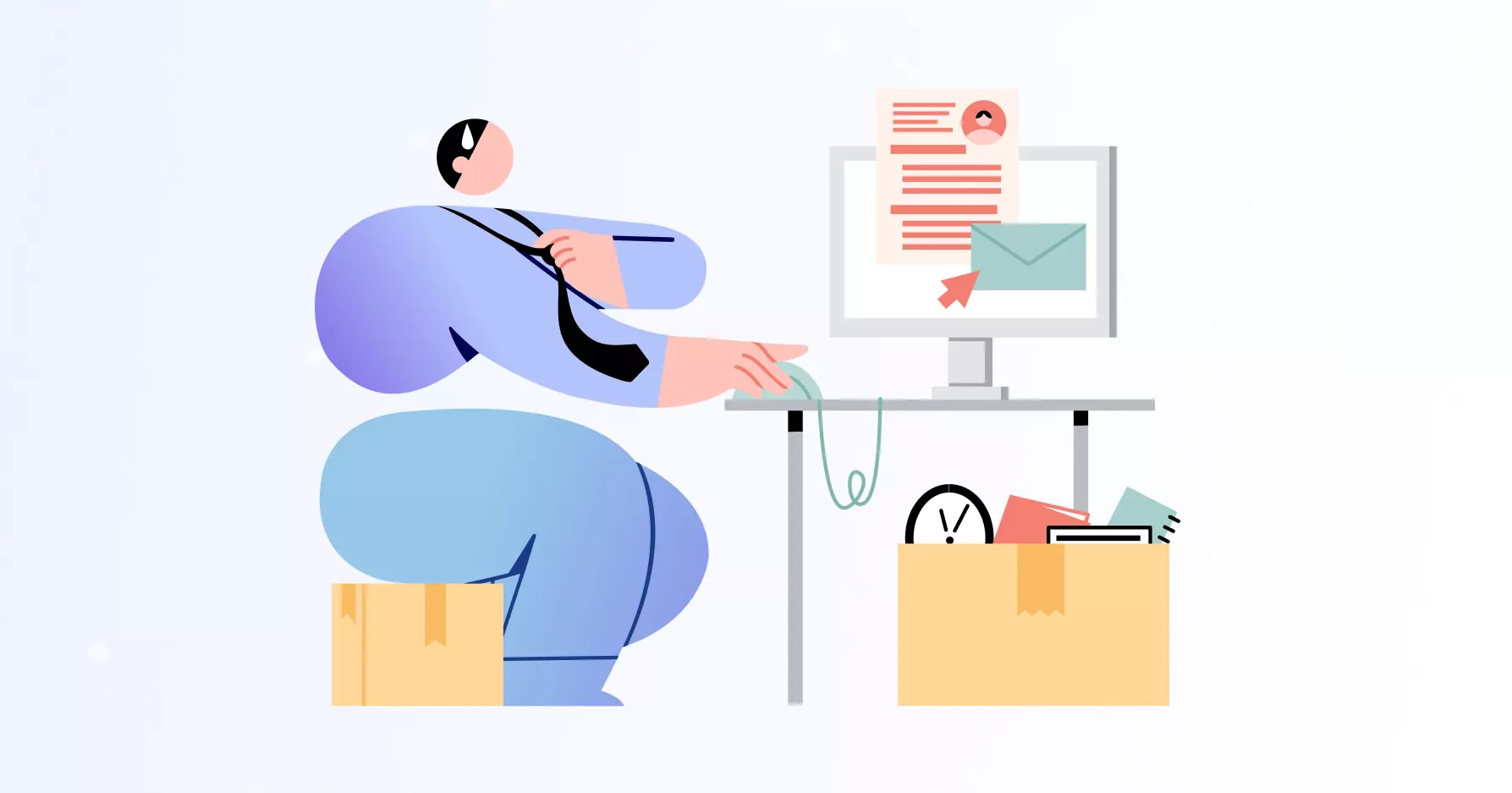An Aging Report is a crucial financial document used by businesses to track outstanding receivables or payables and assess the financial health of their operations. Whether you’re managing customer invoices or vendor payments, an aging report provides a snapshot of amounts due, helping you take actionable steps to manage cash flow effectively.
In this guide, we’ll explore what an accounts receivable (AR) aging report is, its importance, how to create one, and best practices to leverage it for better financial health.
This article will dive deep into what an aging report is, how to create one, and why it’s essential for your business.
What is an Aging Report?
An aging report breaks down receivables or payables into different time categories based on how long they’ve been outstanding. For accounts receivable, the aging report classifies customer invoices by the length of time they have remained unpaid. Similarly, an accounts payable aging report categorizes how long vendor payments have been pending. The most common time periods used are:
- 0–30 days
- 31–60 days
- 61–90 days
- Over 90 days
Each category indicates how overdue the payments are. This breakdown helps finance teams quickly identify which customers have missed their due dates and how long the invoices have been pending.
Key Components of an Aging Report
1. Customer Name: This allows the business to know which customers owe money.
2. Invoice Date: The date the invoice was issued.
3. Outstanding Balance: The amount of money owed.
4. Days Overdue: This categorizes the unpaid invoices into aging brackets.
Why Is the Aging Report Important?
1. Helps Monitor Cash Flow: Cash flow is the lifeblood of any business. An aging report allows business owners and managers to monitor their receivables closely, ensuring that cash is coming in on time and helping them plan for future expenses.
2. Identifies Delinquent Accounts: By categorizing receivables based on how long they’ve been overdue, businesses can quickly identify which accounts need immediate attention. This allows for a more targeted collection effort and helps reduce bad debts.
3. Optimize Collections: Aging reports make it easy to prioritize collection efforts by focusing on overdue accounts, enabling faster recovery of payments. For example, you can direct collection efforts towards accounts in the 61-90 day category, where the likelihood of successful collection is higher
4. Inform Strategic Decisions: Whether you’re tightening credit policies or negotiating better payment terms with vendors, the data from your aging report will guide these decisions. For instance, you might reduce credit limits for consistently late customers.
Benefits of Using Aging Report
1. Improved Cash Flow Management: One of the primary benefits of an AR aging report is its ability to help businesses manage cash flow more effectively. By showing which invoices are overdue and for how long, companies can prioritize collection efforts, ensuring that they follow up with customers who owe the most or have been outstanding the longest. This timely action helps prevent cash flow bottlenecks and improves liquidity.
2. Identification of Collection Issues: The AR aging report allows businesses to identify potential issues with specific customers or accounts. If certain clients consistently appear in the overdue section, it may be a sign of credit risk or internal inefficiencies in the invoicing process. This information helps businesses assess the creditworthiness of customers and adjust payment terms or pursue more stringent collection strategies.
3. Supports Decision-Making: The aging report offers a clear view of which customers are paying on time and which are lagging behind, allowing management to make informed decisions. Businesses can decide whether to extend more credit to reliable customers, renegotiate terms with others, or even stop providing services to delinquent accounts. It helps tailor business strategies to optimize customer relationships and financial stability.
4. Helps with Financial Planning: Knowing when payments are expected allows for more accurate forecasting. Businesses can predict future cash inflows and plan expenses, investments, and payroll more confidently. An AR aging report is an essential tool for financial planning, allowing businesses to project short-term and long-term cash needs.
5. Improves Customer Relationships: A well-maintained AR aging report not only benefits businesses but also helps maintain healthy customer relationships. By keeping track of overdue accounts, companies can send timely reminders and avoid awkward or strained interactions. Proactive communication ensures that customers are aware of their outstanding balances and gives them the opportunity to resolve any issues before they escalate.
6. Supports Compliance and Reporting: For businesses that need to comply with financial regulations or reporting standards, an AR aging report can be an essential part of internal audits. It provides detailed records of receivables and outstanding balances, making it easier to demonstrate the financial health of the business and ensure that accounting practices are in line with industry standards.
How to Create an Aging Report
1. List All Outstanding Invoices: Start by gathering all of the outstanding invoices your company has issued. This will include details such as the invoice number, customer name, date the invoice was issued, due date, and the amount owed.
2. Group Invoices by Date: Next, group your invoices by the length of time they’ve been outstanding. The typical aging categories are:
- 0-30 days: Invoices that are still within the normal payment window.
- 31-60 days: Invoices that are slightly overdue but may still be collected without significant effort.
- 61-90 days: Invoices that are significantly overdue and may require a more aggressive collection approach.
- Over 90 days: Invoices that are critically overdue and at risk of becoming bad debts.
3. Calculate Outstanding Amounts: For each category, sum up the total amounts owed. This gives you a clear picture of the outstanding debts for each aging period
4. Analyze the Data: Identify trends in payment behaviors, such as customers who frequently pay late or vendors you consistently fall behind on paying. Use this information to take corrective action, whether it’s tightening credit terms or negotiating better payment terms with vendors.
Download a free template of an aging report
Take control of your accounts receivable management. Download our free detailed aging report template, designed to help you track outstanding balances. Perfect for businesses looking to improve cash flow and stay organized—grab your copy now!
Best Practices for Using an Aging Report
1. Regular Review
Make it a point to review aging reports frequently, at least monthly. This ensures you’re staying on top of overdue payments and can act before small issues escalate into cash flow crises.
2. Set Collection Priorities
Not all overdue payments are equal. Prioritize collection efforts by focusing on accounts that are both overdue and represent significant amounts. Aging reports provide a clear guide on where your focus should be.
3. Use as a Communication Tool
Use aging reports to communicate internally and externally. Internally, share the report with your finance team to align collection efforts. Externally, use it to communicate with customers about overdue balances. Offering a payment plan based on aging data can improve your chances of collecting overdue amounts.
4. Forecast Future Cash Flows
By analyzing the data over time, aging reports help forecast future cash flows, enabling you to make informed financial decisions about investments, expenses, and credit policies.
5. Leverage Technology
Modern AR management platforms automatically produce this report. Softwares like Kolleno that use AI employ the latest technology to real-time analyse data and suggest the best course of action for each unpaid invoice and customer. Automating this process reduces manual errors and saves time, allowing you to focus on action rather than data entry.
Kolleno GPT leverages a secure, organization-specific data model to deliver instant responses to a wide range of inquiries. Whether it’s analyzing financial figures, examining email content, finding customer communication timeline or projecting cash flow, Kolleno GPT empowers users with immediate, accurate insights tailored to their unique business needs.

Interested in learning more? Connect with one of our AI specialists to discover how AI can be implemented to enhance your business.











